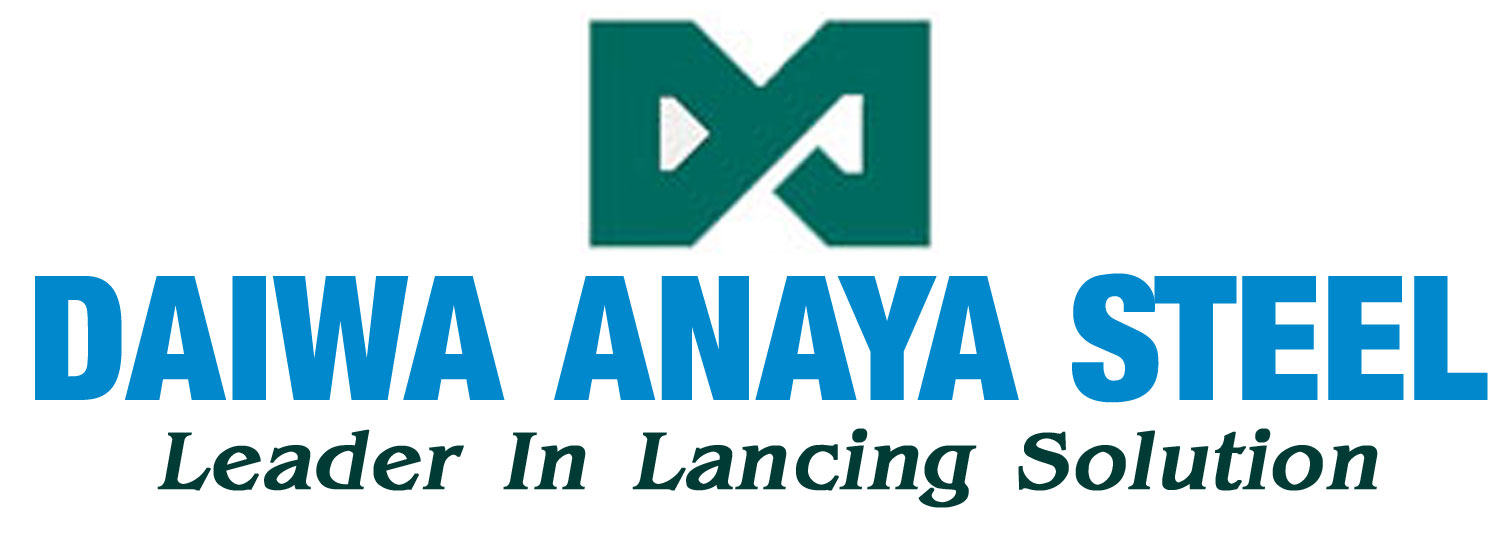
Agriculture is an essential element in the rise of human being which is also an important factor in today’s world and therefore good technology to produce organic food is increasing day by day with time. This will require better greenhouses therefore the structure and materials for building the greenhouses should also play a vital role.
Today we shall be discussing about greenhouses’ history and some general materials to construct the greenhouses.
Guide to Greenhouse Structural Elements
Source: Daiwa Lance International.

Greenhouse in Global Agricultural Development:
The growing of plants in a controlled environment was first devised by Romans where they used to practice similar artificial methods like greenhouse structure to grow summertime cucumber around the year for their emperor.
Greenhouse’s technique then became popular in England and Netherlands during the 17th century by using heating stove to grow medicinal plants in1681.
The greenhouses were then introduced in America to serve pineapple to guests by a wealthy merchant namely, Andrew Faneuil.
Then with time and with better construction and better glasses the designs of the greenhouses got improved from period to period.

Structural Components:
Fundamental structural components of a greenhouse are:
- Framing Materials
- Covering Materials

Framing Materials
Generally, the greenhouses are made of steel pipes and wood. The wood used is usually less as it gets degraded due to the moist environment. The restricted use of pesticide and chemical are used as a wood protection for utility pole that have been displayed to emit vapors that are possibly harmful to plants. Therefore, Greenhouse Framing Materials uses Steel Pipes which are recommended due to its performance. It provides a longer duration without having any damaging chemicals that the plants can absorb. Moreover, there are steel pipe that have advanced and environment-friendly treatments that can be used for greenhouse buildings.

– Covering Materials:
Depending on the shape of the greenhouse, the crops to be grown, the growing environment, and the aggregate, the products are divided into two categories: soft products such as agricultural vinyl and agricultural PO and hard products such as PET film.
Soft Type
- Agricultural PVC Film (PVC): It is described by greater heat-retaining properties than other films. It has high parallel light transmission, which allows for good coloring of fruit trees. It has moderate extension, making it easy to stretch.
- Polyethylene film (PE): PE film that has been filled with air which is used to shield commercial greenhouses. In spite of the high cost of routine maintenance, PE is the most cost-effective way out for manufacturers since the cheaper initial investing and a small number of structural components is required to maintain this covering.
- Poly Olefin Specialty Film (PO): Polyolefin-based raw materials are used to make these films. This film is light and tougher than agricultural PVC film (PVC), and it has improved heat retaining, strength, and drip-drip performance. It is, though, tougher, and less elastic than agricultural PVC film (PVC), which makes it more prone to friction.
- Rigid Type
- Polyester film (PET): This rigid film is made from polyester resin and produced by biaxial stretching for high-level strength. The estimated duration of stretching depends on the product but is roughly 7 to 10 years. After stretching, the film shrinks comparatively to remove tameness and prevent fluttering caused by wind. The film is tolerant to cold and heat. An environment friendly product that does not emit contaminated gases when burned.
- Glass: It provides the best transmission of light for greenhouse production. The structural factors required to support glass, as well as the original investment, are, however, expensive.

Color Coated Pipes and its uses in Greenhouses
Color coated pipes is made from galvanized steel pipe which is coated with polyester inside and outside of the pipe and is different from painted steel that has only adhesive pasted on the surface of the pipe and expected to corrode in a short period of time. With galvanized and polyester coating layers, Color coated Pipe provides a satisfying exterior as well as prolonged-lasting performance against severe environmental effects that cause metal corrosion.
Color coatings can be used on rectangular, round, or square pipes depending on the customer’s requirements for specific purposes. This structure will prevent rust and also protect the pipes from the impacts of the environment. Furthermore, this enables color pipes to last longer without requiring to be replaced within a short period of time. This will let Color Pipe last longer and will cause no harm to the changes in the environment in the course of growing plants inside Greenhouse.

Conclusion
We know agriculture is one of the key industries amongst others. Therefore, in this segment, we have tried to provide you with the information for the development of greenhouses and the establishment of the materials to make the lifespan of greenhouse structure extend longer, also contributing to produce organic food for improved health.
For more information about the Thermic Lances, please feel free to contact us at sales@daiwaanayasteel.com.
Daiwa Anaya Steel is part of Anaya Steel, LLC (US parent company). Our group has over 30 years of experience in steel products mainly:
- Specialized steel hardware – punched, pressed, galvanized, powder coated.
- Steel pipes and tubing – specialized, color coated, galvanized and structural.
- Our Lance pipes are produced by Daiwa Lance International in Vietnam.
